
Kick your blues jam sessions off with these essential open-position and moveable chord shapes.
1. A7 (open)
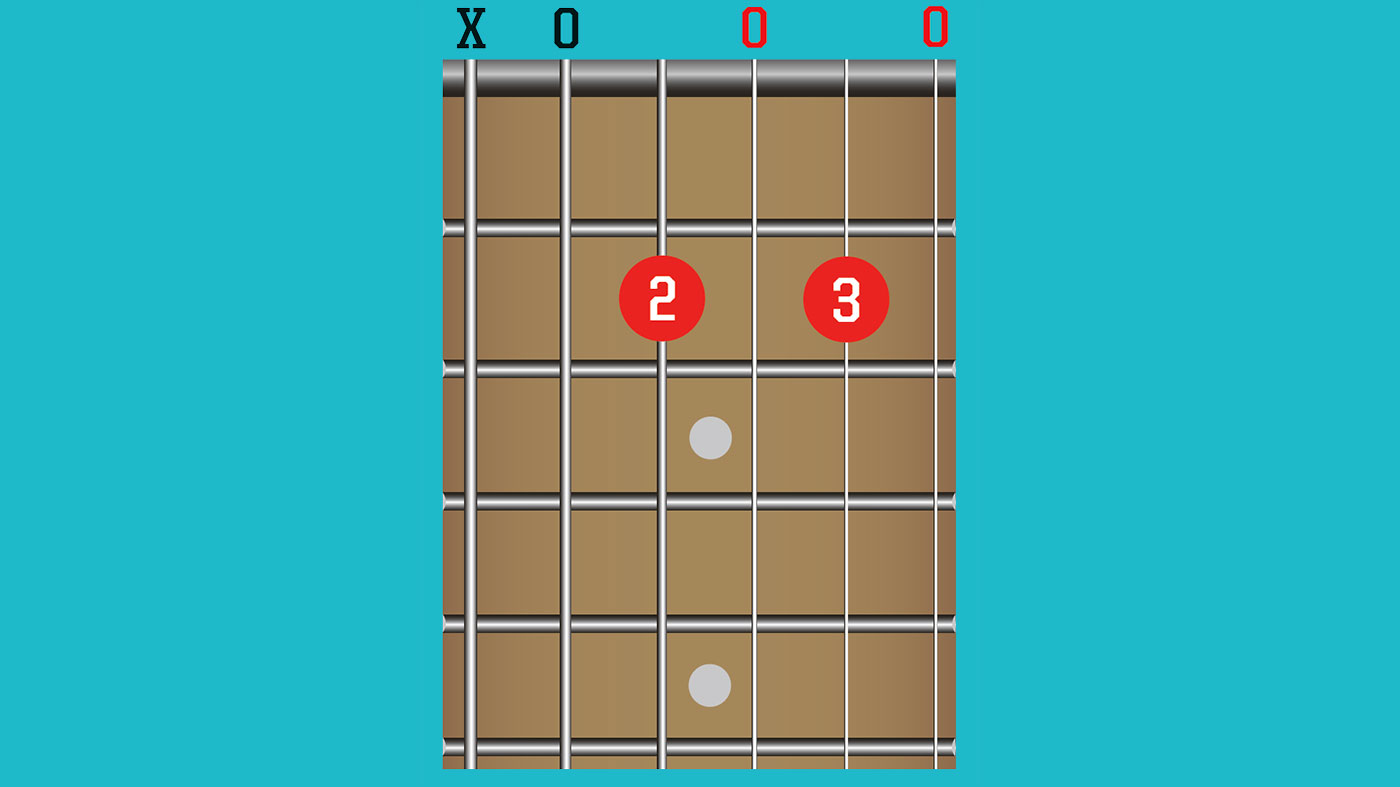
To avoid sounding the idle sixth string when you play this chord, bring your thumb around the back of the neck so that the tip of it just touches the string.
2. A7 (moveable)

This is a useful blues shape that can easily be moved around the fretboard. Flatten your first finger across the top four strings and mute the idle fifth string.
3. C7 (open)

Thanks to the low 3rd interval on the fourth string this chord sounds a little more complex than the previous shapes.
4. C7 (moveable)
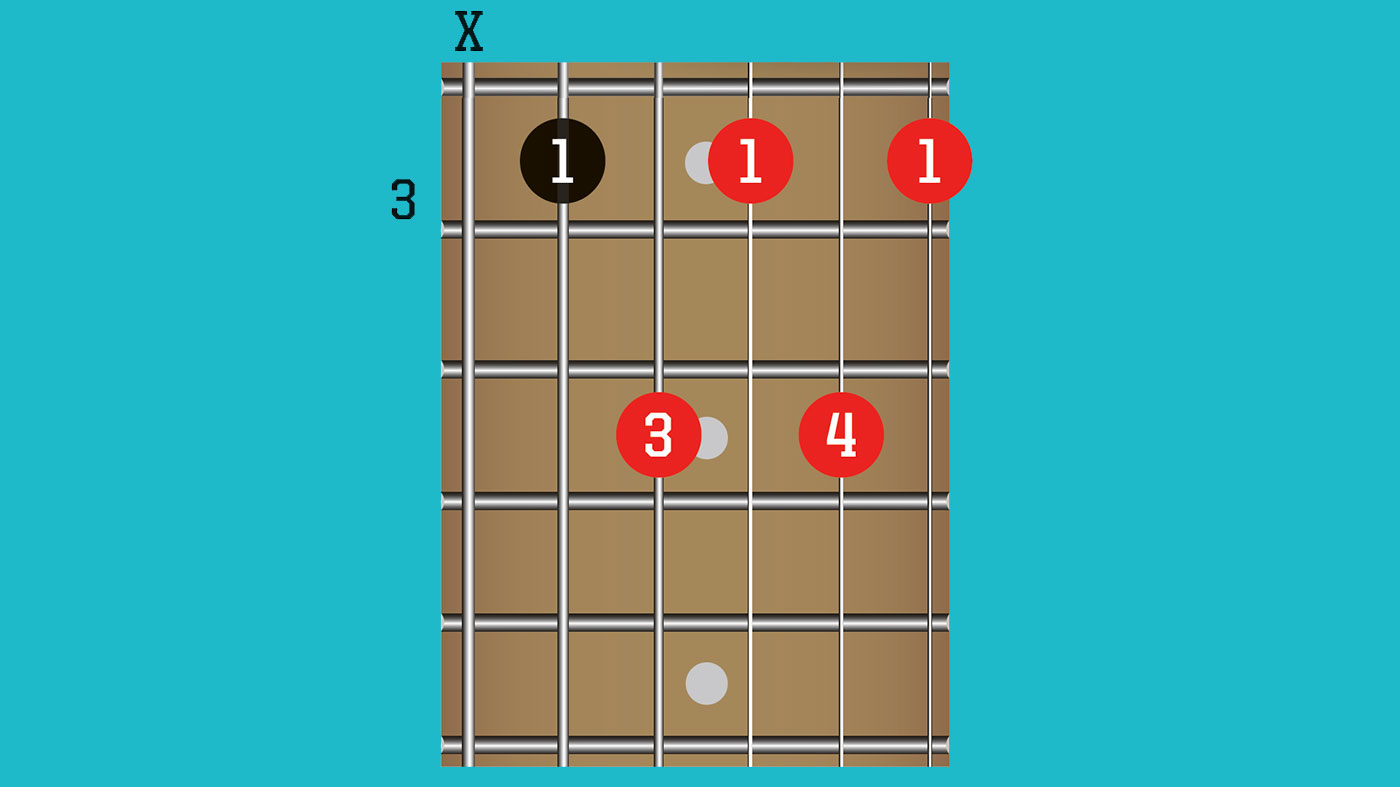
This extremely versatile five-string barre chord can be easily moved around the neck into other keys. Make sure you’ve got it down!
5. G7 (open)
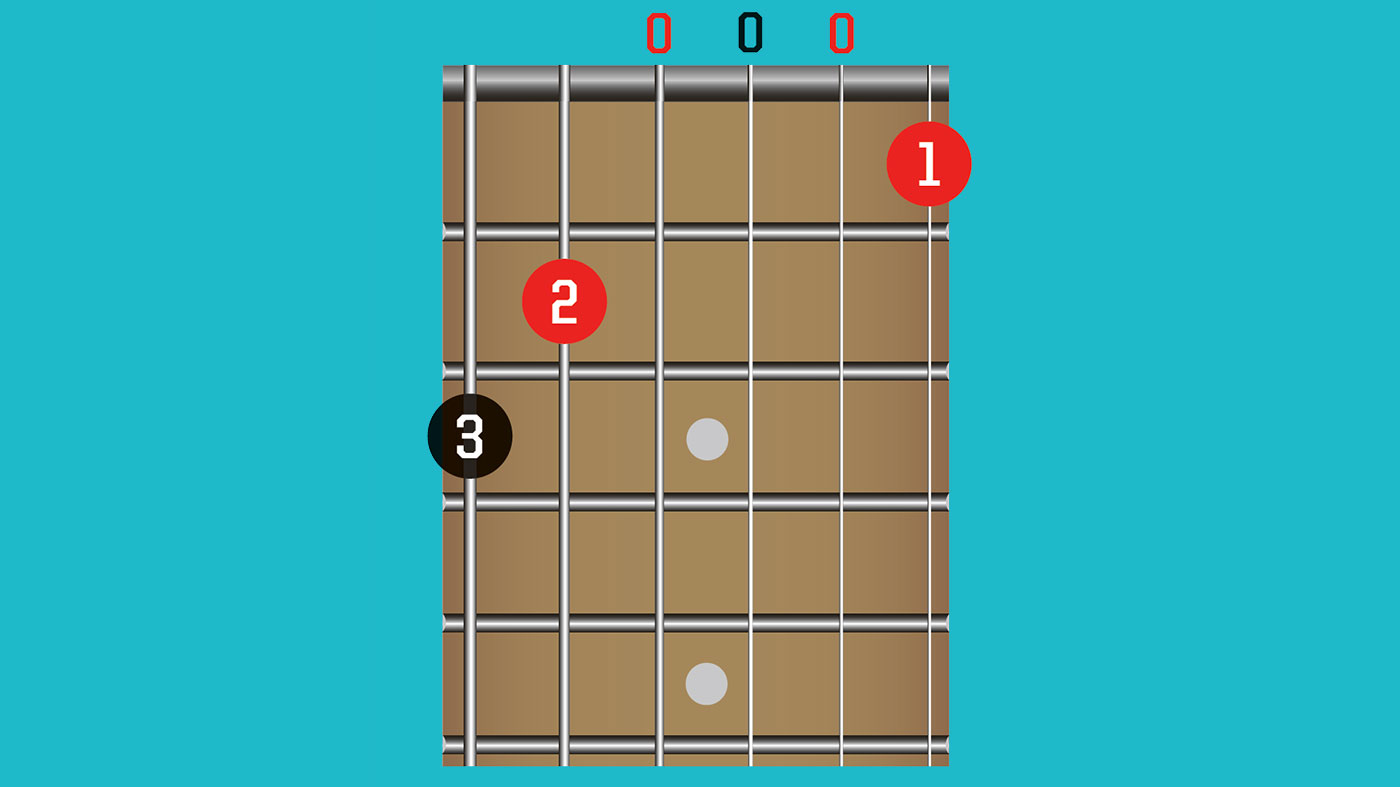
This full-sounding chord is great for playing in the keys of G, C and D. Think of it as a spread out open C shape and you will have no problem remembering it.
6. G7 (moveable)
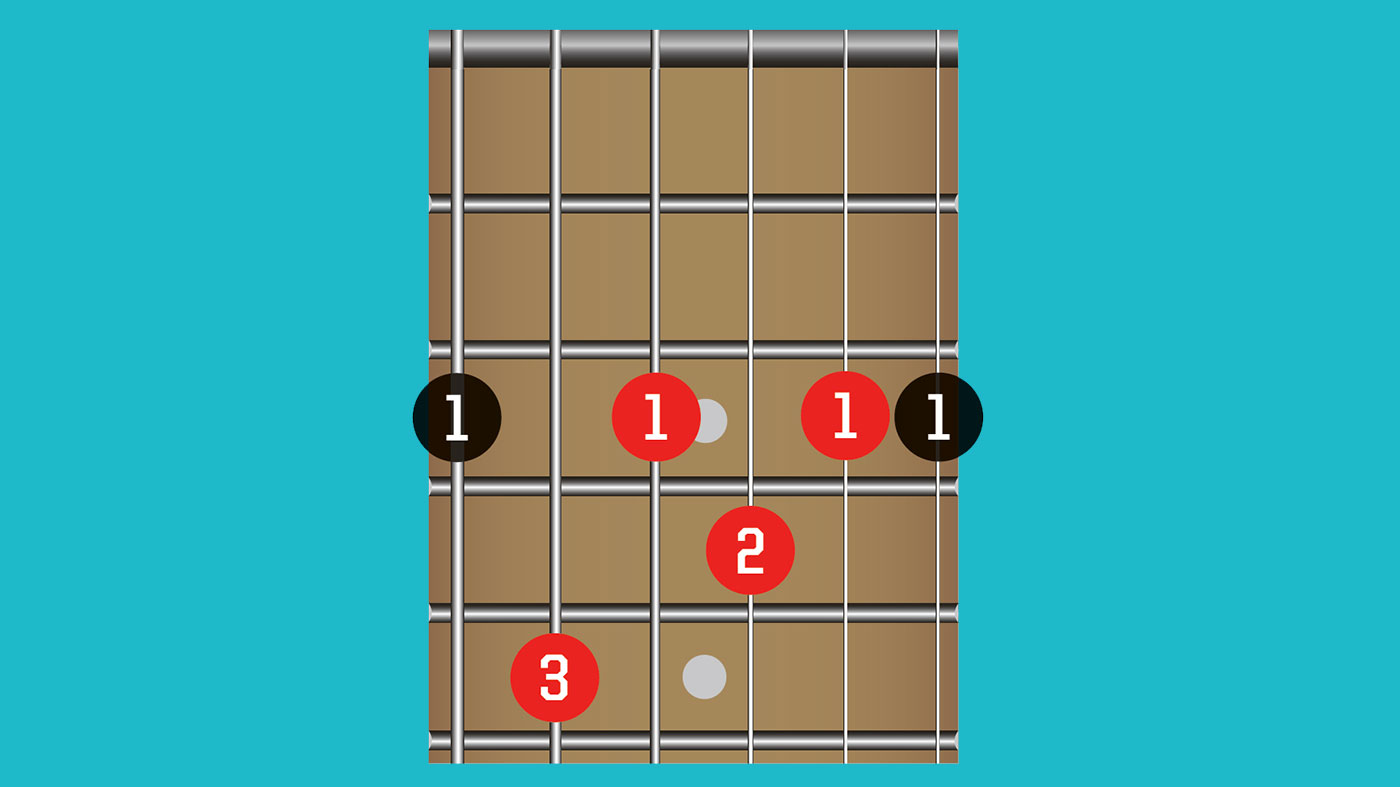
This indispensable six-string barre requires strong fingers, but it’s worth persevering because it’s an essential shape for playing a blues rhythm.
7. E7 (open)
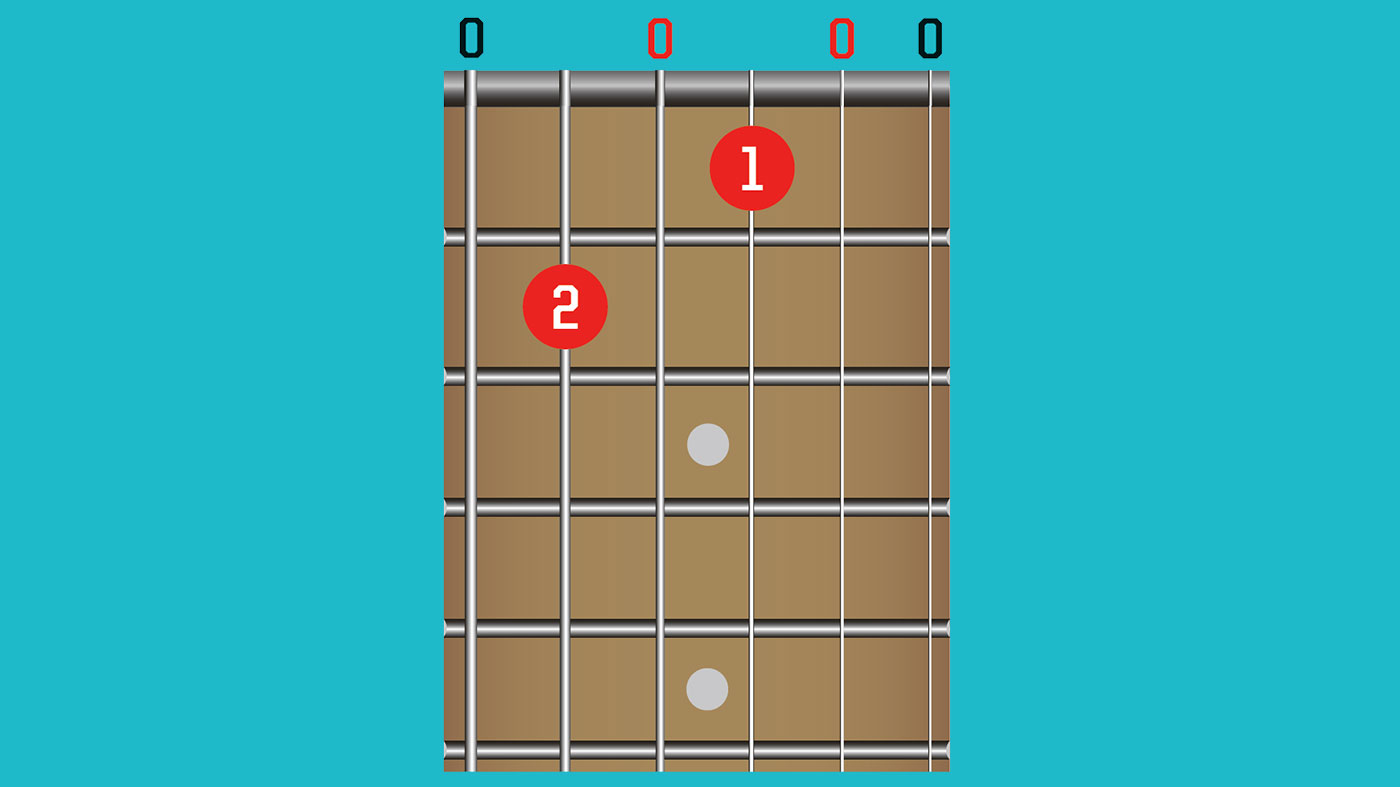
If there’s a single chord here that screams ‘blues’ then this is it! The most resonant dominant chord you can play on the guitar and very easy to play.
8. E7 (moveable)
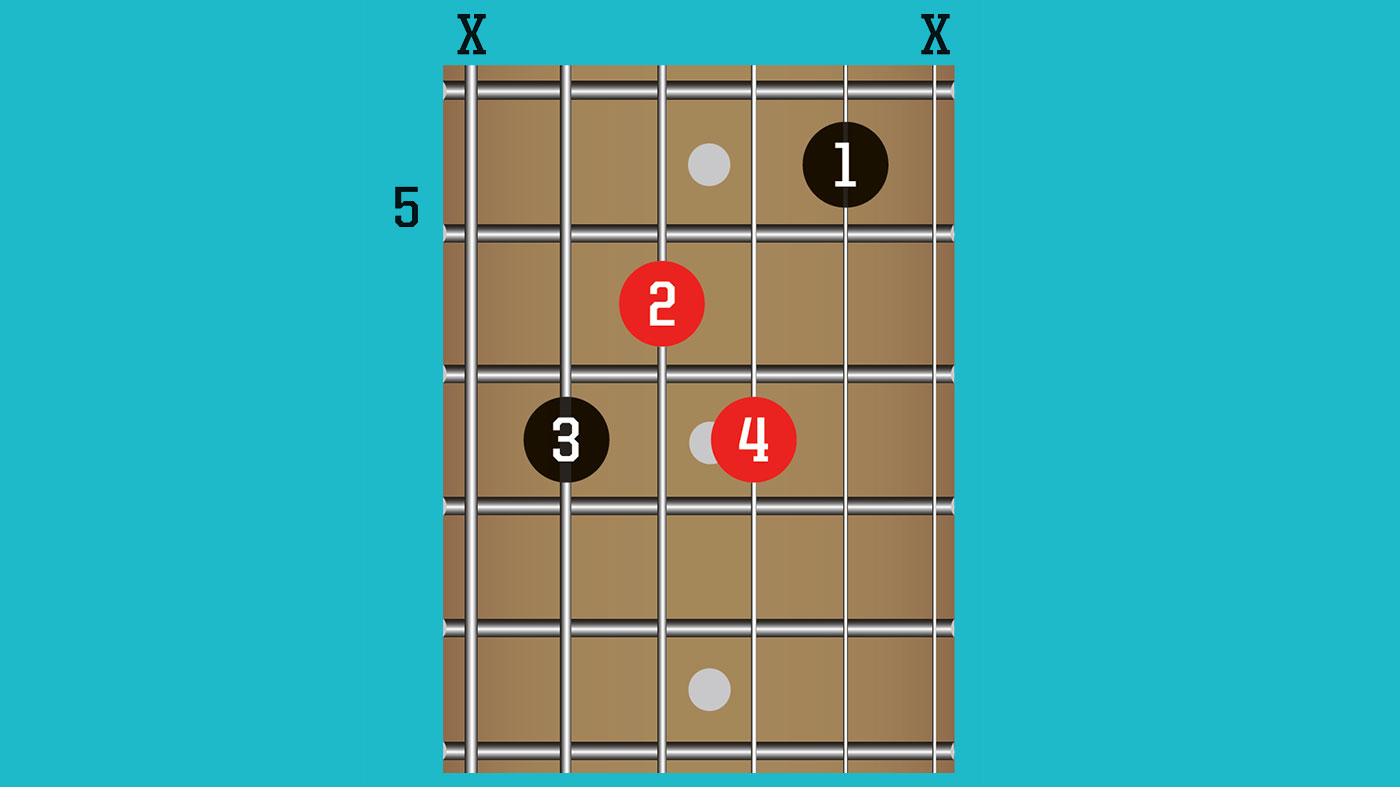
This is the moveable variant of the open C7 shape. It’s important to ensure the open sixth string is muted with your third finger.
9. D7 (open)
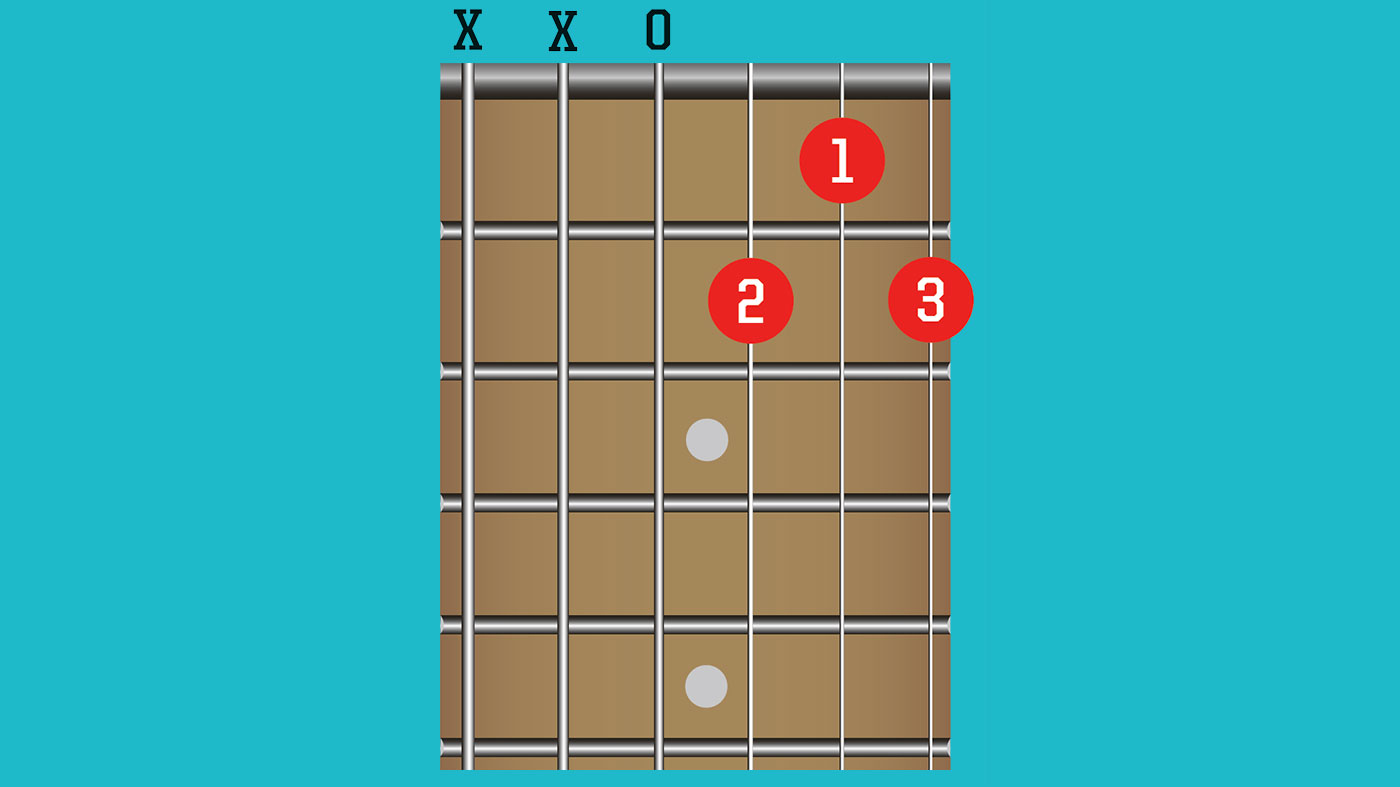
The absence of doubled notes in this chord gives it a tight, concise sound. Bring your thumb around the back of the neck to damp the open fifth and sixth strings.
10. D#dim (moveable)
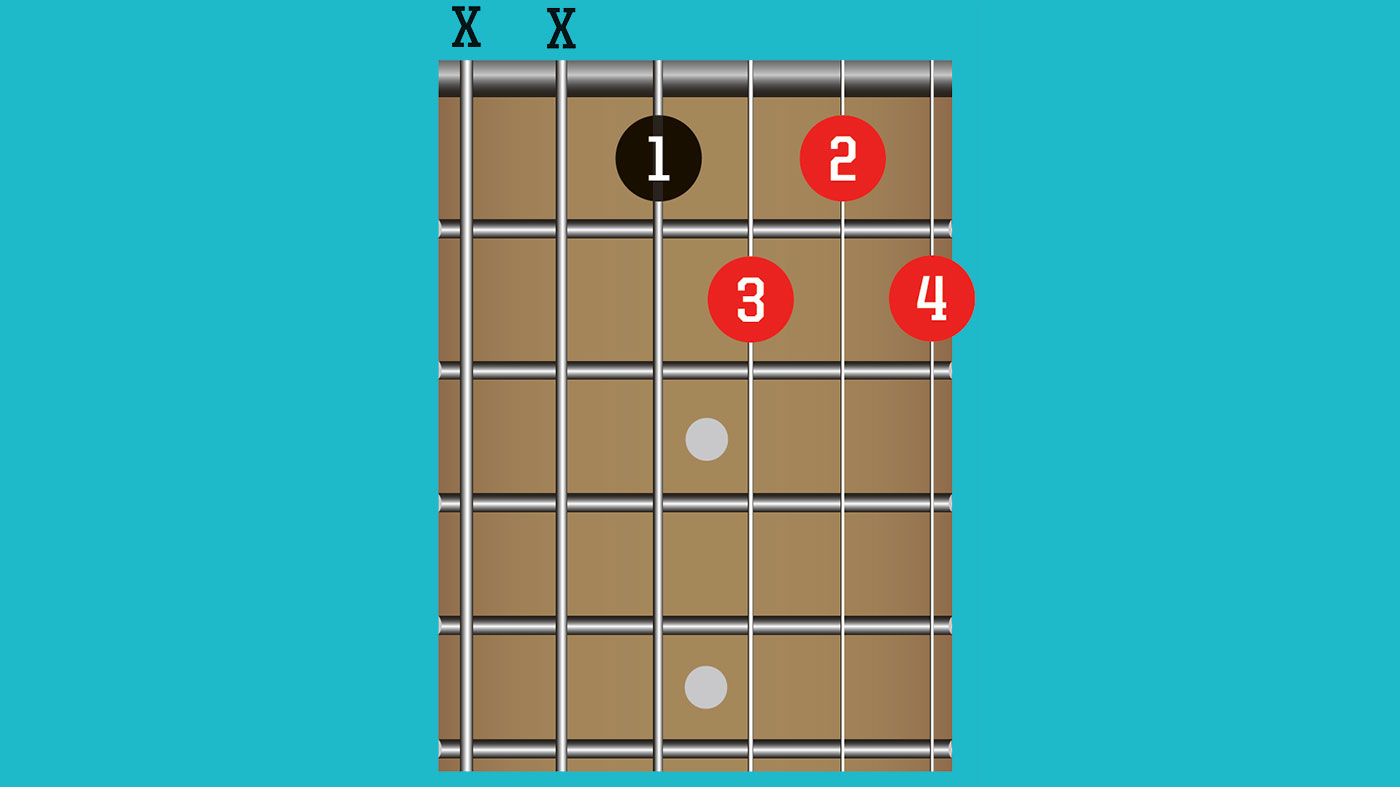
The diminished chord sounds cool in blues so it is a handy chord to have in your vocabulary. Use it in passing, rather than staying on it.
11. B7 (open)
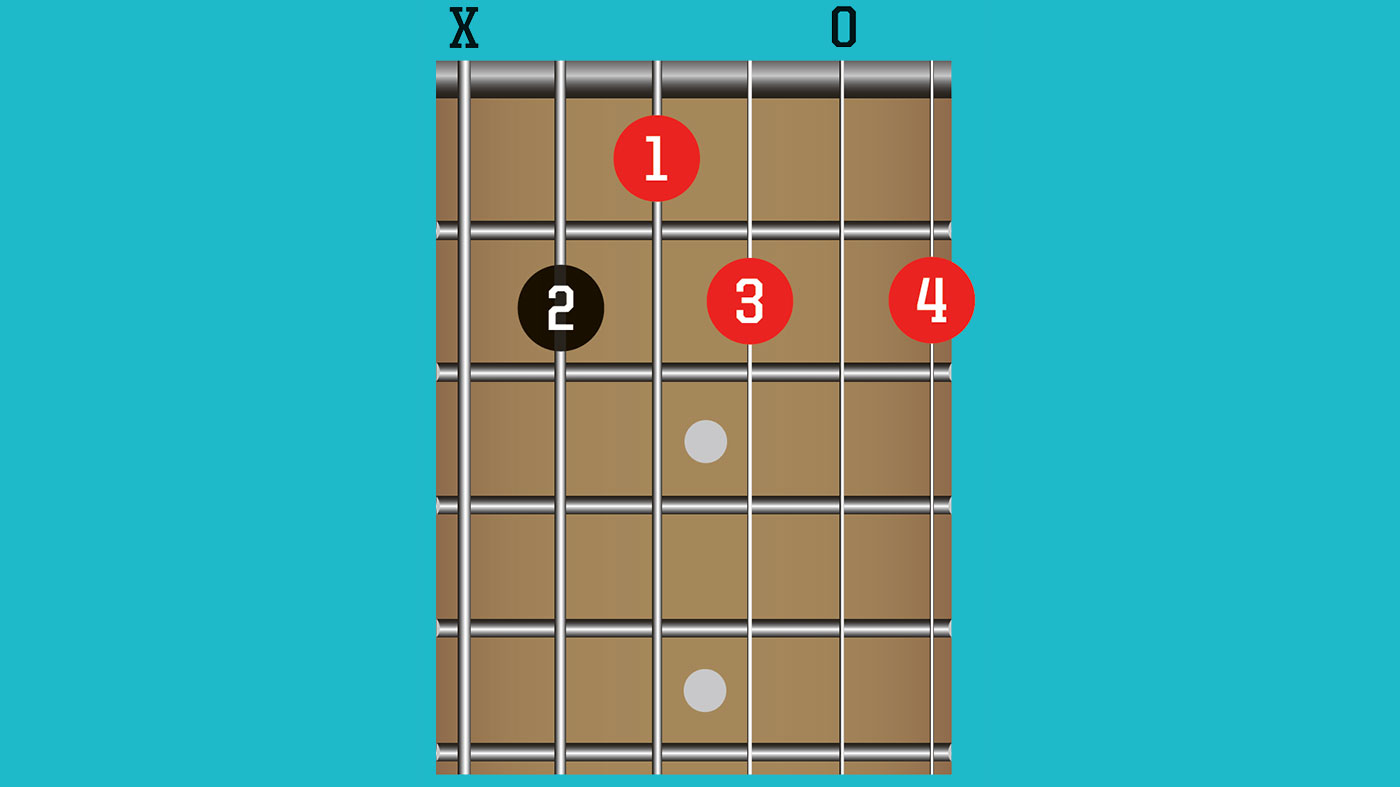
This is another chord that seems to have an extra helping of blues attitude! Use the side of your second finger to keep that open sixth string quiet.
12. B7 (moveable)
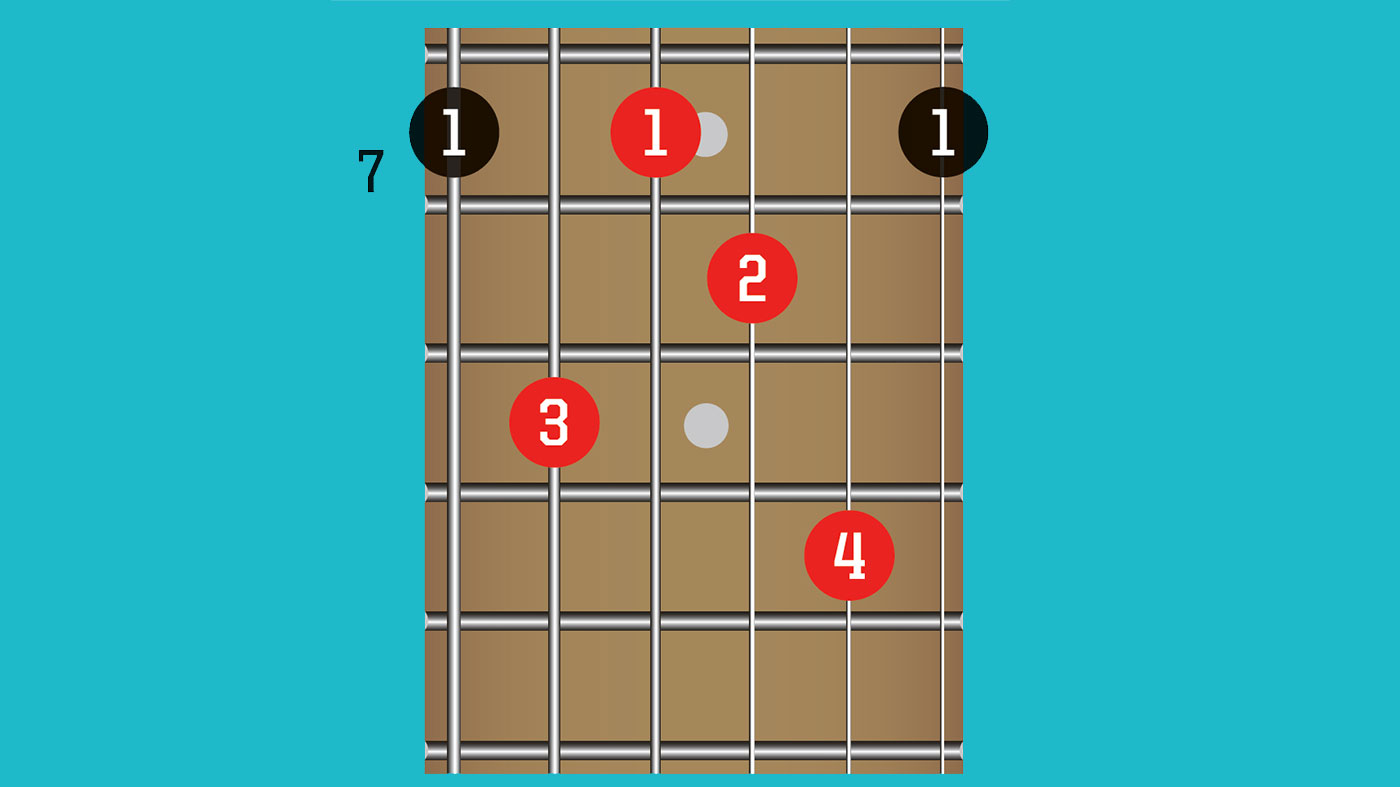
This is similar to the moveable G7 shape, but with the fourth finger added on the second string. This note is a ‘doubled 7th’ giving a sharper, more dissonant sound.
13. E9 (open)
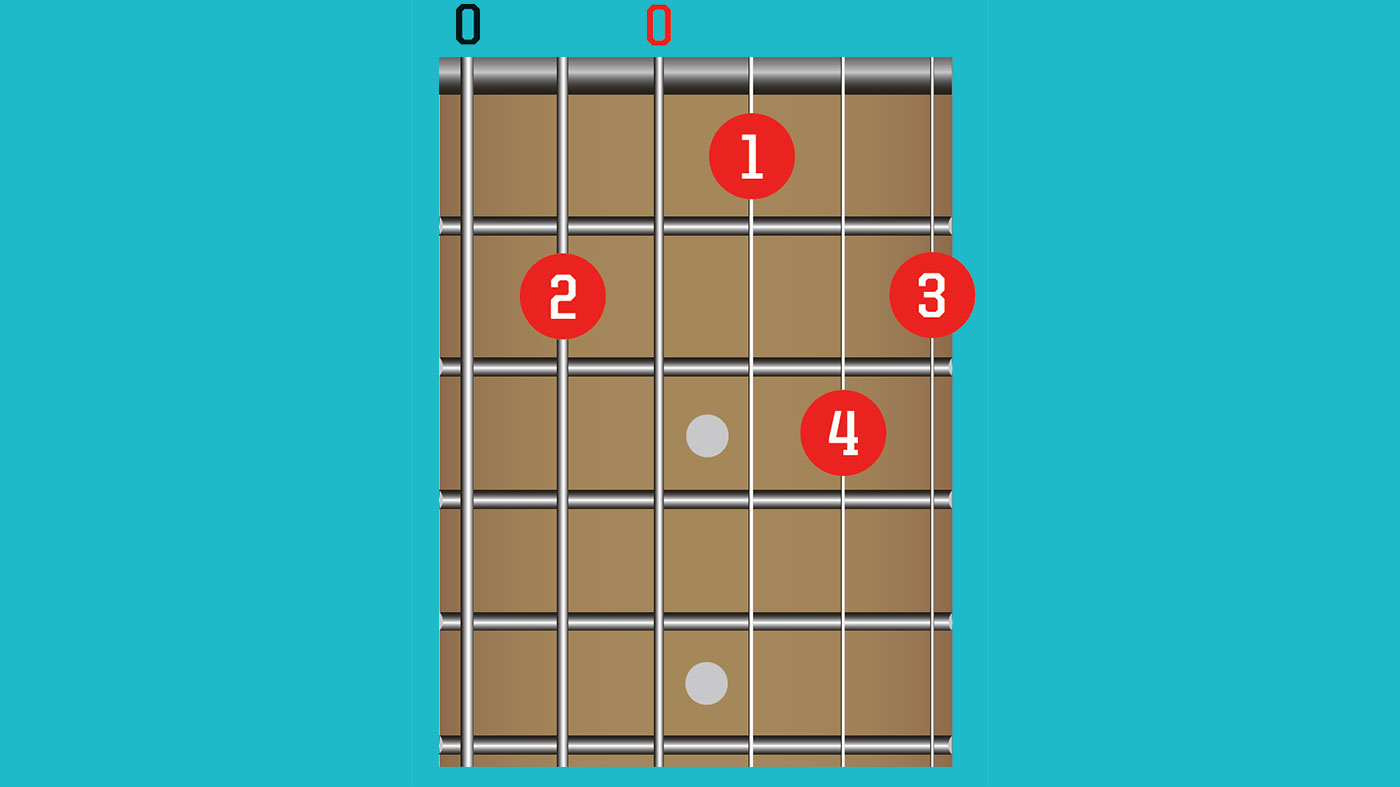
Don’t be afraid to experiment with 9th chords; they can be readily substituted for 7th chords (E7 etc) and will add depth and sophistication to your playing.
14. E9 (moveable)
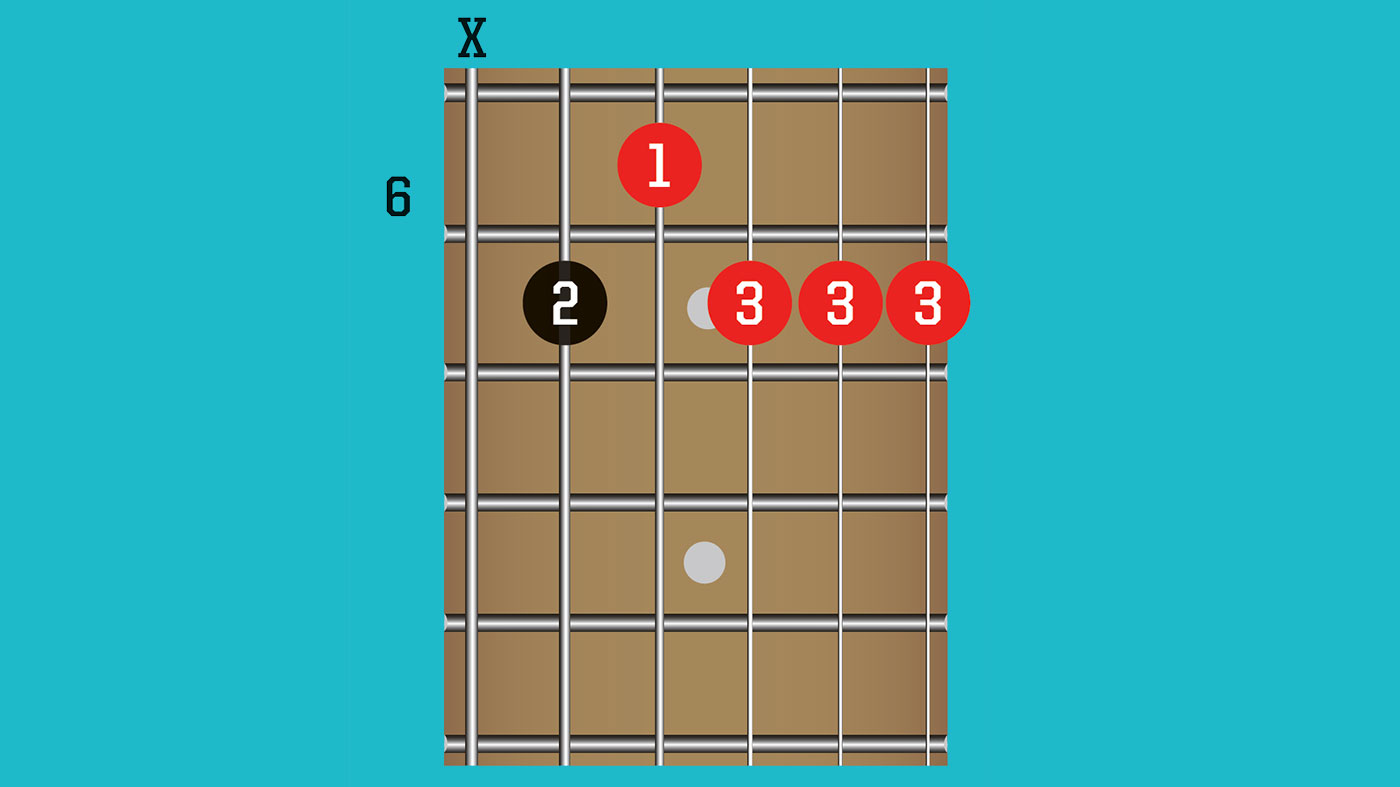
This cool, funky chord (think James Brown!) always sounds good when played as the IV chord in any blues progression.
15. E7#9
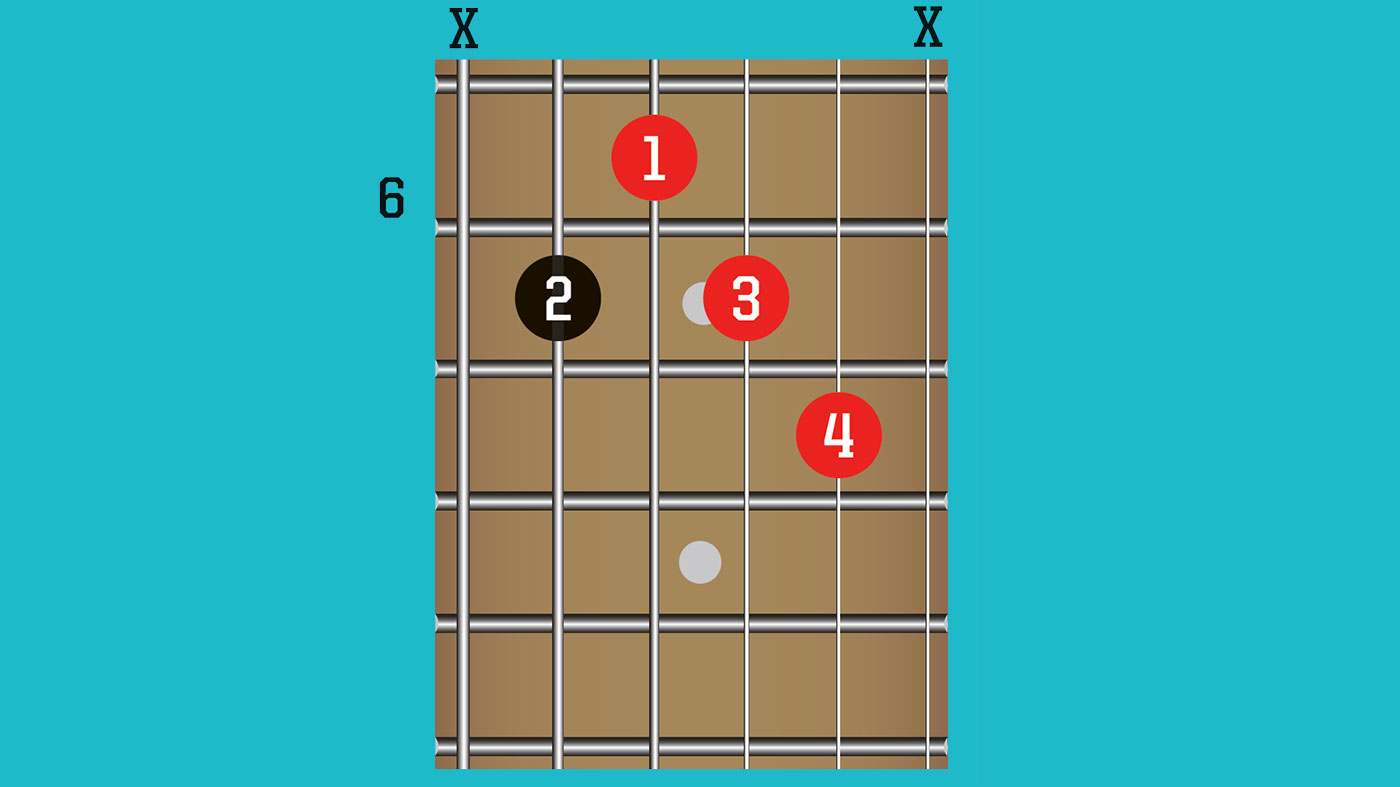
The ubiquitous ‘Hendrix chord’ has an esteemed place in blues, jazz and rock. It can give a Stevie Ray Vaughan vibe and makes for a great turnaround on a V chord.
- Check out these 10 next-level blues guitar chords







